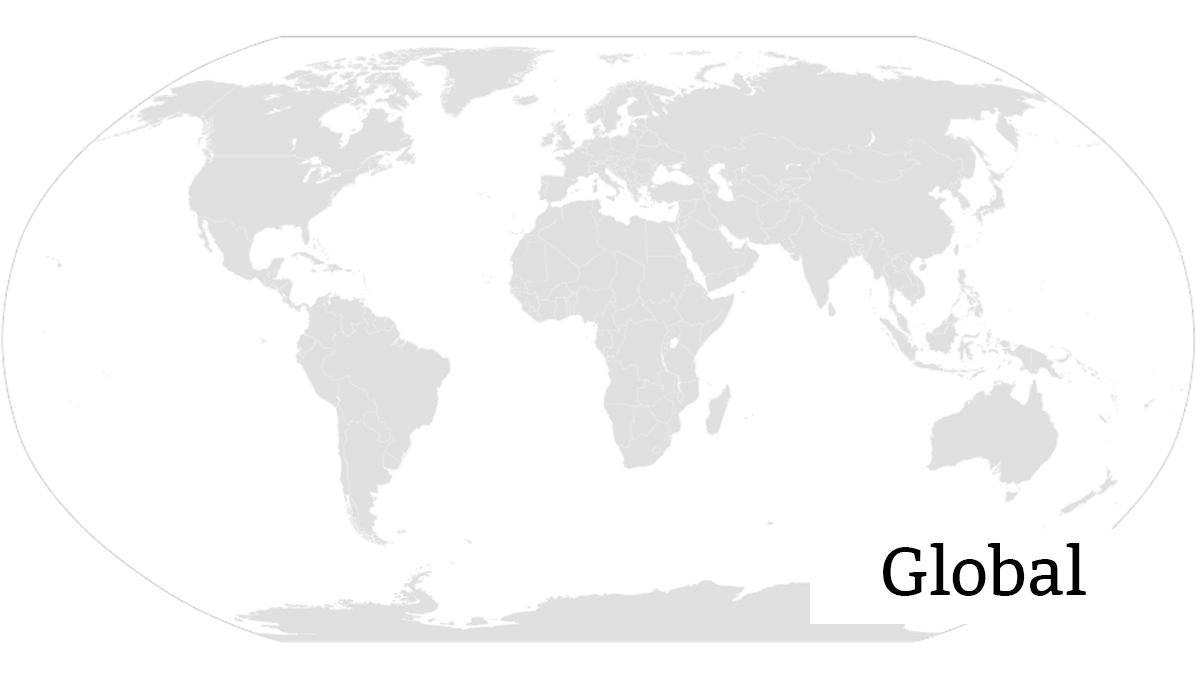
Equitable and meaningful internet access for all is a critical component of sustainable growth in a digital economy. However, gender-disaggregated data to measure national and regional status and progress on ICT-related indicators often remains limited. According to data from ITU’s World Telecommunication/ICT Indicators database, data on ICT access is not collected or reported on a gender-disaggregated basis in most countries. As of 2019, only 34 countries (17%) reported gender-disaggregated data on basic access to mobile phones; 90 countries (46%) reported gender-disaggregated data on internet access.
The ability to measure the gender divide in internet access and use provides crucial information on the forms and extent of barriers and gender inequalities. Variation and nuance exist with regard to both basic access and internet use patterns between men and women, with meaningful repercussions for gender inequality and access to opportunity and resultant lower per capita incomes on the country level. When data is solely collected in aggregate form, the resulting information is unable to provide critical insight on these gender differences and how best to address these challenges. Across the globe, men are 21% more likely to be online than women; this figure rises to 52% in the world’s least developed countries (LDCs).
Accurate and timely gender-disaggregated data provides policymakers with the insights needed to increase equitable access and meaningful use for all. As the digital divide often mirrors offline inequalities, reducing the gaps in internet access and meaningful use can reduce existing inequalities and exclusion along the lines of gender, age, socio-economic status, and disability.
Innovative initiatives can help to fill gender-disaggregated data gaps. For example, researchers working on the United Nations Foundation’s Data2x Big Data for Gender Challenge utilised social media advertising application programming interfaces on Google and Facebook to measure global digital gender equality.
By using Facebook’s advertisement audience estimates as a source of big data, researchers were able to utilise publicly accessible data (and as such, complies with existing data protection and privacy laws) to generate country-level datasets by combining: online indicators of users with metrics such as gender, age, and device type; offline gender data (e.g., users with a device but not using the internet); and development gaps (e.g., educational attainment) with official data on access. This resulting dataset was used to predict internet and mobile phone gender gaps.
Comparisons of the study’s results indicated a high correlation between Facebook gender gap indicators and official statistics for internet and mobile phone gaps, and that models combining both online and offline variables have the highest predictive power. The models using Facebook data did better than those relying solely on offline indicators. Crucially, the study showed that Facebook data is not only able to be accurately utilised for real-time tracking of digital gender gaps, but that geographical coverage — an important development indicator — can also be tracked and improved.
The study also utilised advertisement impression estimates (Google AdWords), which provide estimates of the number of times an advertisement is shown on a search result page or another website on the Google Display Network, and filtered these estimates based on targeting criteria such as gender and age. Google’s Display Network is particularly powerful in its reach—nearly 90% of Internet users worldwide versus Facebook’s 60%. In a similar fashion to the aforementioned method using Facebook’s advertisement audience estimates, Google allows advertisers to project their reach by showing an estimate of the number of times the ad would show on a search results page (expected number of weekly impressions). This estimate can also be filtered by gender, age and geographical location—for over 200 countries.
The Data2x study showed a strong correlation between ITU data on internet use gender gaps and the results from both projections using Facebook and Google data. By combining Facebook, Google AdWords, and Human Development Index gender gap indicators, the study was able to explain approximately 80% of the global variation in internet gender gaps. While studies in some developed countries indicate that gender gaps have disappeared as internet penetration increased, the relationship between internet use and the proliferation of ICT infrastructure does not hold in other regions, where other variables such as levels of literacy, employment, location, and income are determining factors in internet use. As such, policy remedies need to be tailored to the unique ecosystem of each country—and when gender-blind data is used to inform national and international policies, the realities of women will fail to be adequately addressed and result in a widening digital gender divide.
Digital technology has transformed economies, education, healthcare, service delivery, and governance. As access to basic services increasingly rely on connectivity, the digital divide risks further disempowering those who are already most marginalised. Accurate and timely data is a powerful tool for policymakers to better understand causes for the digital gender gap, which is impacted by different combinations of offline factors. As the challenges surrounding the digital gender gap progress from basic access to disparities in the returns from internet use, innovative methods to collect gender-disaggregated data will allow policymakers to track progress and identify disparities in material outcomes using data already at hand.
